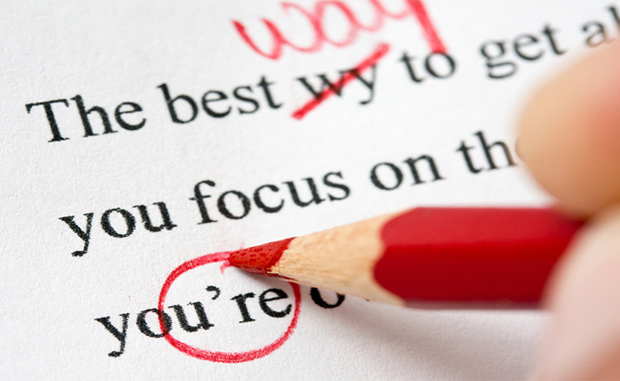Welcome!
This is the 2nd edition of the Technology Wordsmith newsletter!
Journalism 101 to Technology 901
In this newsletter, I outline the key constructs used to write a news story.
Many other online writing gurus tell you how to write a catchy social media post, (headline, hook, etc) but they don’t tell you why they work.
I intend to show how these online structures relate to “general news” writing which we are all familiar with.
If you understand these fundamentals, you can then extend them to general writing in other domains, including technology which is where my expertise as the Technology Wordsmith lies.
It goes like this: SOCIAL MEDIA —> GENERAL NEWS —> BUSINESS WRITING —> TECHNOLOGY WRITING
Online Writing Tip 2.1 – The HEADLINE: Sex sells!
A good headline does not need a story!
Yes, that’s right: a great headline will be so good, so encompassing, that it will tell you everything you need to know without reading the story.
Of course, you might keep reading for the detail, but if the headline is good enough, you won’t need to, to know what the story is about.
So how do you write the ultimate headline that does not need a story.
Simple.
Yes, that’s right, keep it simple and short…or K.I.S.S.
Keep the headline as simple and to the point as possible: short words, active tense, blunt.
No big words!
No fancy words, unless they are funny!
No adjectives or other superlatives
Just the facts.
Plain.
Simple.
To the point.
Online Writing Tip 2.2 – The first paragraph
Your first paragraph should flesh out all the “key” components of the story.
-
- Who was involved?
- What happened?
- When?
- Where?
- and Why?
Its a lot to cover, but remember just list the “key” items — the detail can come later.
Why?
Because you have captured their attention with your “Sex Sells” headline (Tip 2.1).
Now you need to give them enough information to keep them reading.
Yes, its hard.
So try this:
-
- Include all the key elements in one long paragraph.
- Get rid of all the superfluous words, the adjectives, the adverbs, etc.
- Remove any details – keep them for later.
- Swap long words for shorter versions.
Cut, cut, and cut again. No more than 25 words – MAXIMUM.
When you are done, the first paragraph should explain the headline and give the reader enough key information so they can decide whether to keep reading or not.
Everything else can wait for the “inverted pyramid”. (Tip 2.3)
Online Writing Tip 2.3: The inverted pyramid
A good journalist will write a story from the top down… and so to should you!
Sounds simple, right?
Just start at the top, and write down the page… Hey, doesn’t everyone do that?
NOPE. Very few do…
You now have your headline – “Sex Sells” (Tip 2.1)
and a great first paragraph – Who, What, When and Where (Tip 2.2)
Now you can fill in the details … progressively.
As you write you need to build your story… piece by piece, as you lead the reader on a journey.
Think of the overall content of the story, and add the details in a logical sequence, so the reader builds up the idea slowly with interconnecting information.
DON”T jump all over the place!
Keep it flowing intuitively.
If you get stuck, STOP, go back, re-read what you have written – the next sentence should just flow from the end of the last one.
That’s all for today.
Good luck.
Online Writing Tip 2.4 – Cut from the bottom up
I worked as a journalist in daily newspapers around the world. I wrote hundreds of news stories over a decade in the game.
Once I was done with writing, I submitted my stories and hoped for the best. They were no longer “my babies”.
My stories were put into the daily news bucket, to be reviewed, edited, and either discarded or included in the next edition.
I never knew how much of my copy would make the cut (they were nearly always cut to length to fit the available space).
So the golden rule was to put the least relevant stuff at the bottom of the story in case it was cut.
This was the extra bits of information that made the story a bit more interesting, or gave another angle, but that didn’t really change its meaning.
This meant that the sub-editors could cut from the bottom up without having to re-write any of my text.
You should follow this simple rule as well… keep the most relevant information at the top and put the least relevant information at the bottom…. so the reader gets the most important stuff before they stop reading… at whatever point that is.
TL:DR
-
- Write a snappy headline
- First paragraph should capture the whole story
- Write from the Top Down
- Cut from the Bottom Up
How can I help you?
If you need help writing plain English technology documents, get in touch with me to see how I can help.
I am “open for business” and available right now to help you write easy-to-read, plain English and simple-to-understand documents.
Click on the link below to be added to my email list.
